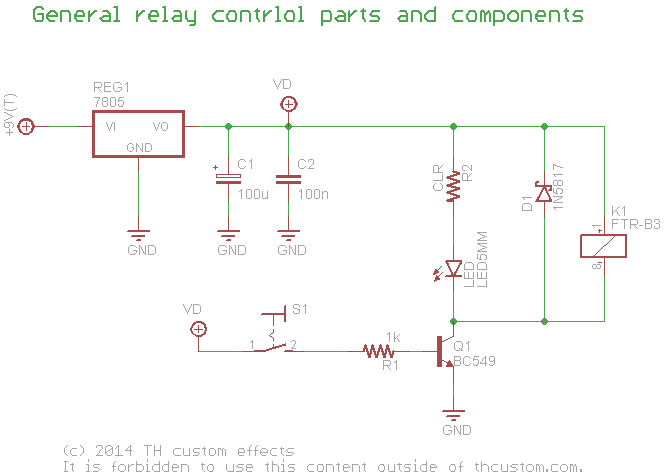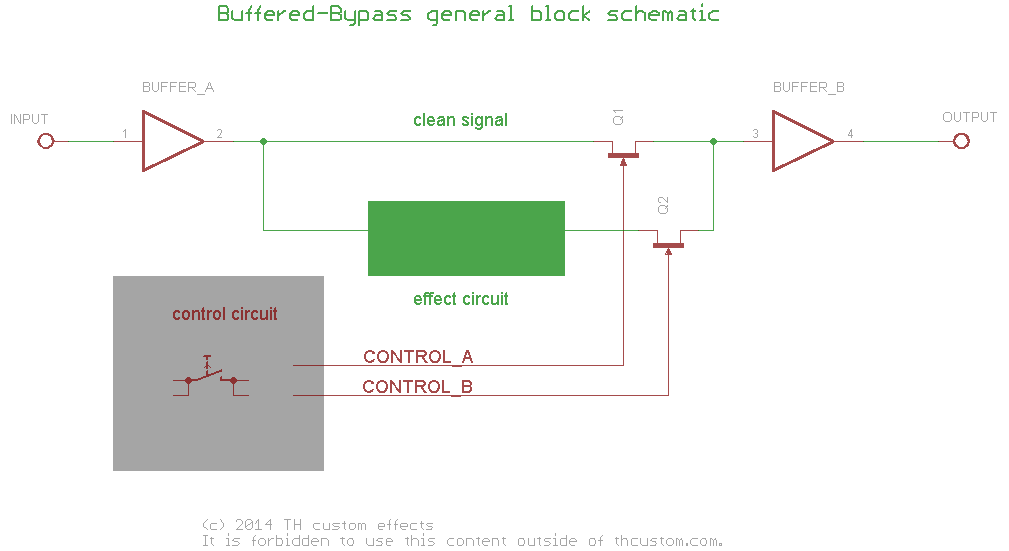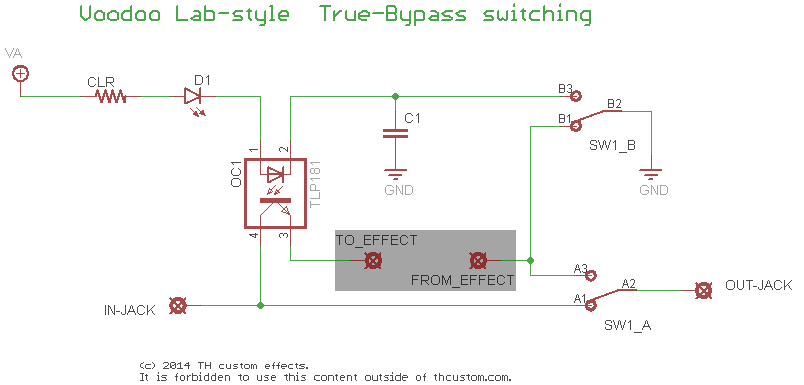There have been a few of these questions during the last months.So here is what you can do if you want to use a NoPe switch at the control outputs of an ES-8 or superswich or whatever unit is out there that hav 5V control signals to be programmed. Also if your control unit does […]
Category Archives: Knowledgebase
Graphic EQs Graphic EQs are named so because of the fact that every frequency band is represented by a linear potentiometer and they are aligned next to each other. Looking at all sliders at once you see how the frequency attenuation and amplification looks like over the whole band. 5 band Graphic EQ Parametric […]
Wiring 3PDT switches by hand is a rather time consuming approach. A better solution to speed things up is to use PCBs that are especially designed for this task.
There is one drawback in using microcontrollers: They need to be programmed. If you dont know how to do this or if you dont want to use them at all. What are the options? I had to dig very deep into electronics history to bring up the following circuits. They have been verifyed working and […]
What is a microcontroller? A microcontroller is a device that can be programmed using a programming language (like C) and has a wide variety of input/output ports (pins). Those ports can be input and detect the state of switches (On/Off), read analog voltage or they can be output and set ports to On/Off, give out […]
There are a lot of different circuits out there which can control relays. I will focus on the ones I am aware that are used in the control of musical effects. I will try to give an overview of the different circuits I know and explain how they work. Common control parts and components needed What […]
Pro’s and Con’s of using mechanical switches What is wrong with using mechanical switches? There is nothing bad about using mechanical switches as a True-Bypass in effects as long as you are aware of the drawbacks: Drawbacks of using a mechanical switch: there is mechanical noise when pressing the switch (especially with some 3PDT models) […]
The history of Buffered-Bypass Most pedals that exist for a long time have Buffered-Bypass switches. Just because 3PDT switches were unknown or unaffordable at that time and no one knew how to do effect switching and switching an indicator (LED) with just a 2PDT switch. Tech people and circuit developers used what they had at […]
True-Bypass or not: There is another solution using a 2PDT switch which has caused some discussions if it is True-Bypass or not. In the end we see that the effect is not in the circuit at all when the effect is switched off. So it is True-Bypass. How it works: This one is using […]
The mechanical switch (2PDT, 3PDT): The easiest way to switch your effect On and Off is to use a mechanical switch. Usually a 2PDT (two pole double throw) switch is sufficient to do the job but usually a 3PDT (three pole double throw) switch is used to allow switching the LED indicator directly as well. […]
- 1
- 2








